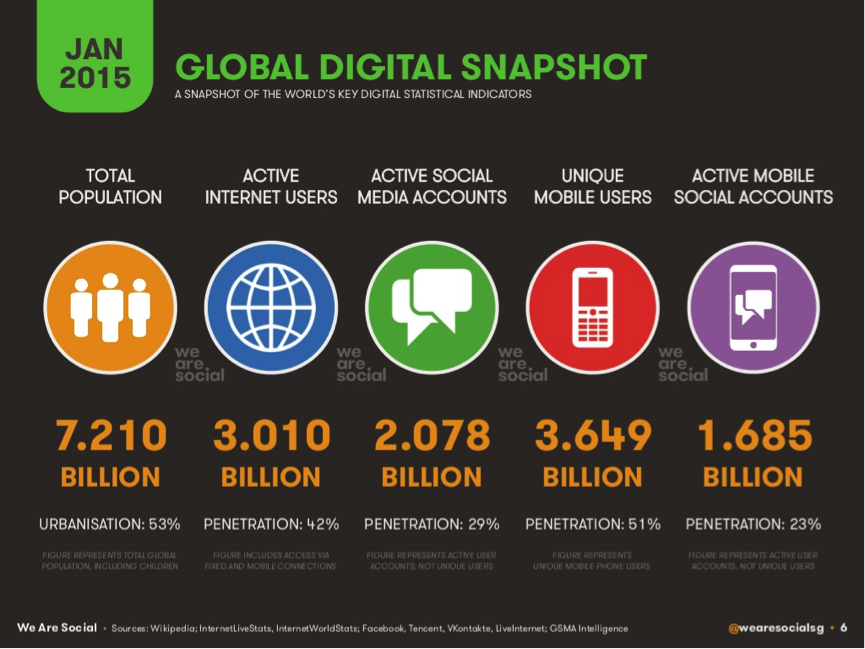
This is a guest post by Z. Eren Kocyigit (BA Economics, MA Finance, Ph.Dc Marketing), a Marketing Thinker (as an Academician and Lecturer) and Doer (as a Marketing Director/Consultant). He has been giving Mobile Marketing, E-business & Internet Marketing and High Technology Marketing Management lectures at Bahcesehir University and Bilgi University. His major research areas are Marketing (Digital, Mobile, and Social Media Marketing). He worked as marketing and business development specialist at Turkey’s one of the leading bank, Isbank, and at Tikle, one of leading digital/mobile technology company in Turkey as product management, marketing and business development director. Since 2012 he has been providing training, mentorship and consultancy services to several brands in various sectors.
‘’You can't optimize what you cannot measure’’
According to We Are Social’s latest report, there are 2 billion active social media accounts globally. Yes, this number is huge, but since total population is around 7.2, it also means that there will be billions of more active accounts in the future.

Social media marketing becomes a high priority tool for marketers because of both today’s numbers and expectations for the future. When social media marketing is the issue marketing strategy can be divided into two;
1. Content marketing strategy: consists of content marketing efforts conducted through social networks
2. Paid marketing strategy: consists of advertising through social networks
In order to be successful in both strategies, certain steps should be followed. For social media content marketing strategy these would be the following:
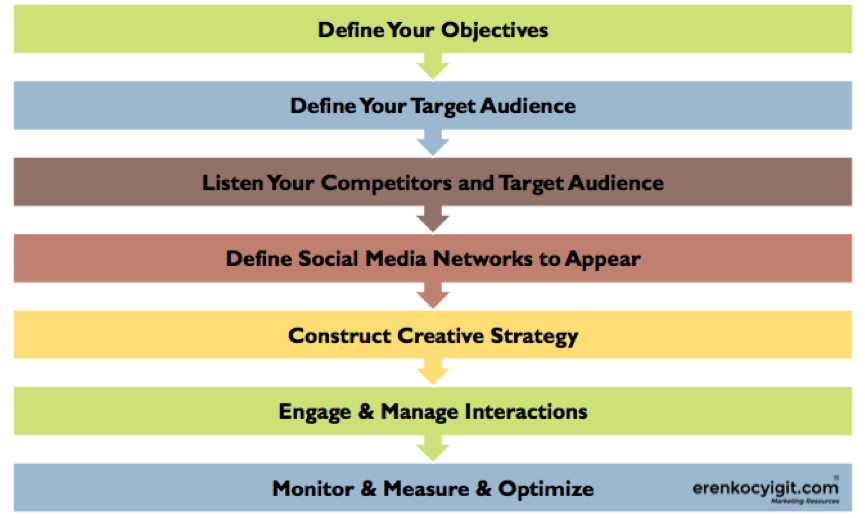
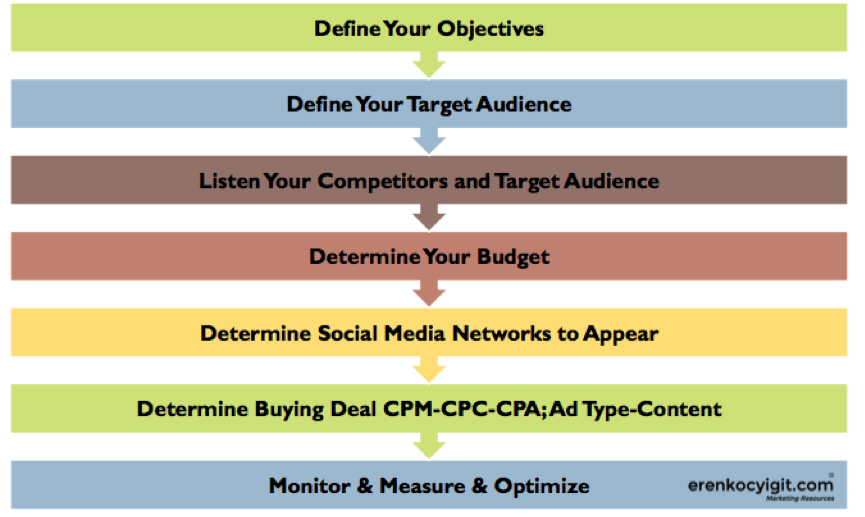
1. Growth Metrics: Growth metrics enable the marketer to monitor the change in the number of fans/followers. They display the progress of the amount of fans or followers over a chosen time period for different competitors.
2. Engagement Metrics: These metrics show marketers the interaction level of their customers with their brands. These metrics include unique engaged users and engagement rate.
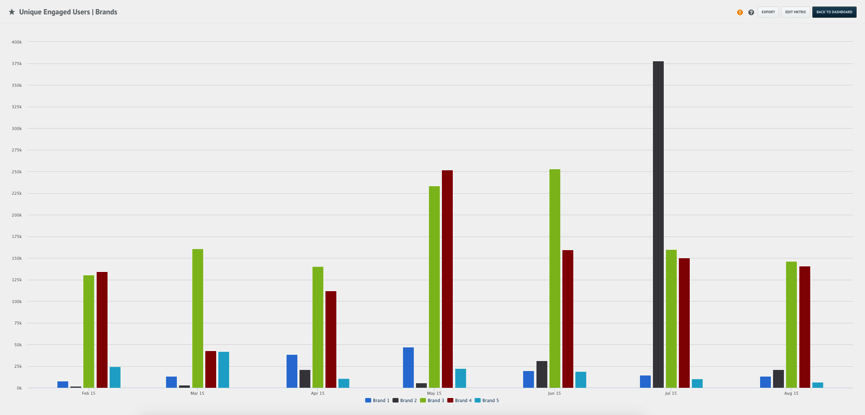 Source:
www.quintly.com
Source:
www.quintly.com
quintly measures an interaction rate for Facebook by the sum of comments, likes and shares divided by the own posts of a page, divided by the amount of page fans. The same rate for Twitter is calculated by the sum of retweets, favorites and replies divided by the profile’s own tweets, divided by the amount of followers. The calculated interaction rates are used to monitor different metrics like Interaction Rate By Post Type per competitor:
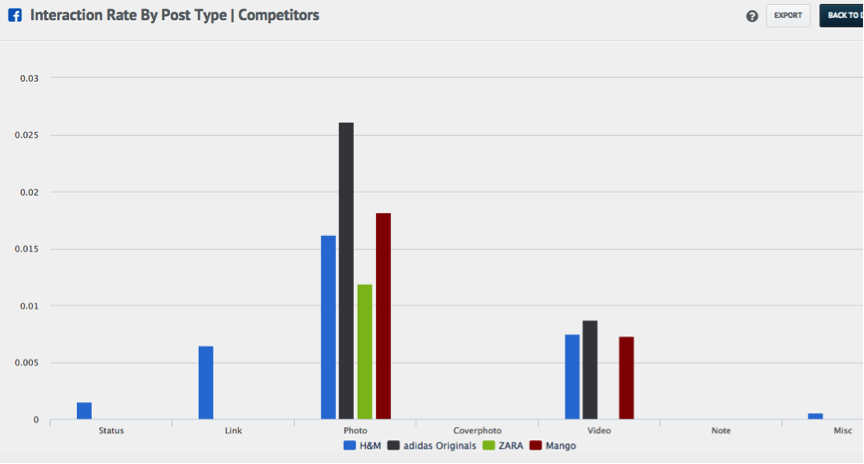 Source: www.quintly.com
Source: www.quintly.com
Interaction Rate comparison with competitors:
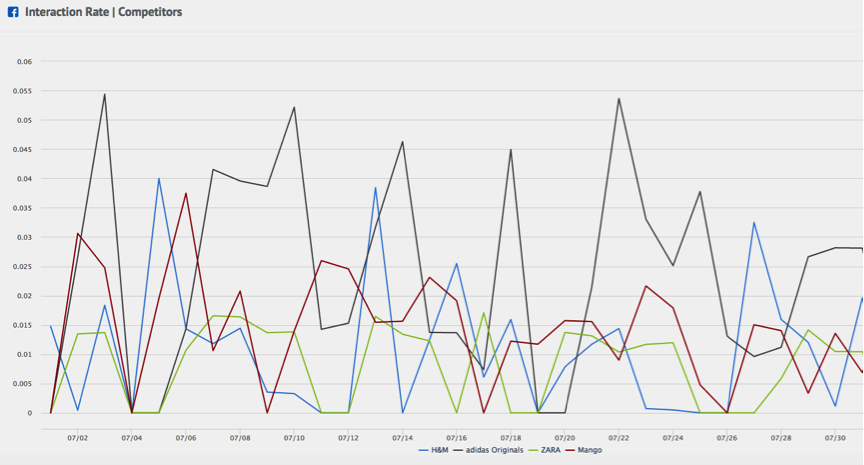 Source: www.quintly.com
Source: www.quintly.com
There are also a lot of metrics available to measure changes in interaction rate by month, week, day and even per hour. Why these metrics are important? Because they help marketers to design their content marketing strategy by showing them the most active moments of their audience and enable them to compare their brands with their competitors.
3. Content Strategy Metrics: These metrics give insights to the social media marketer regarding content type, time of posting and keywords. For instance, with the following metric marketers know that Friday 2.00 pm is the ‘peak moment’ in terms of interactions in the last 6 months, so that for their brand they can choose 2.00 pm when launching new campaigns.
Interaction Rate By Time
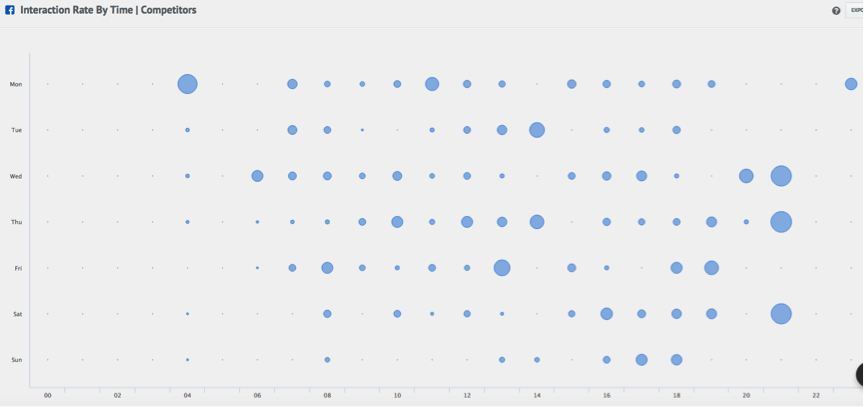 Source: www.quintly.com
Source: www.quintly.com
4. Audience Quality Metrics: These metrics include the percentage of returning users, frequency of actions, and the percentage of shares or retweets. They help the social media marketer to assess the characteristics of his or her brand’s social audience.
Since the importance of the performance has been increasing among marketers (especially digital marketers), social media KPIs for content marketing strategies are shifting;
• From number of fans to unique engaged users
• From social mentions to social clicks
• From social clicks to social conversions
In order to excel social media analytics, marketers can use numerous free social media tools.
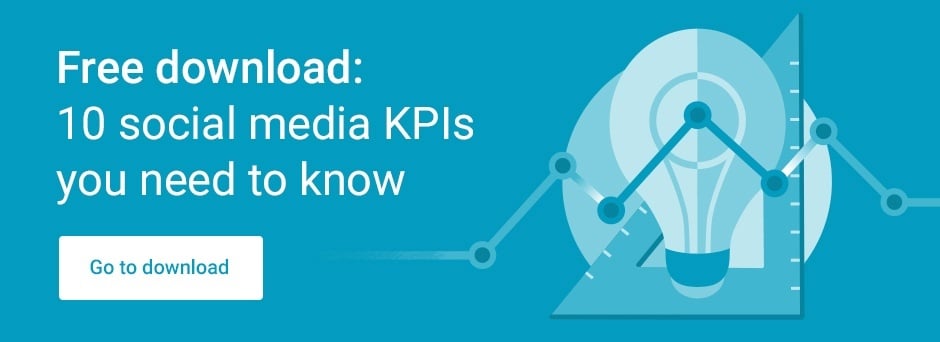

Join the conversation. Leave us a comment below!